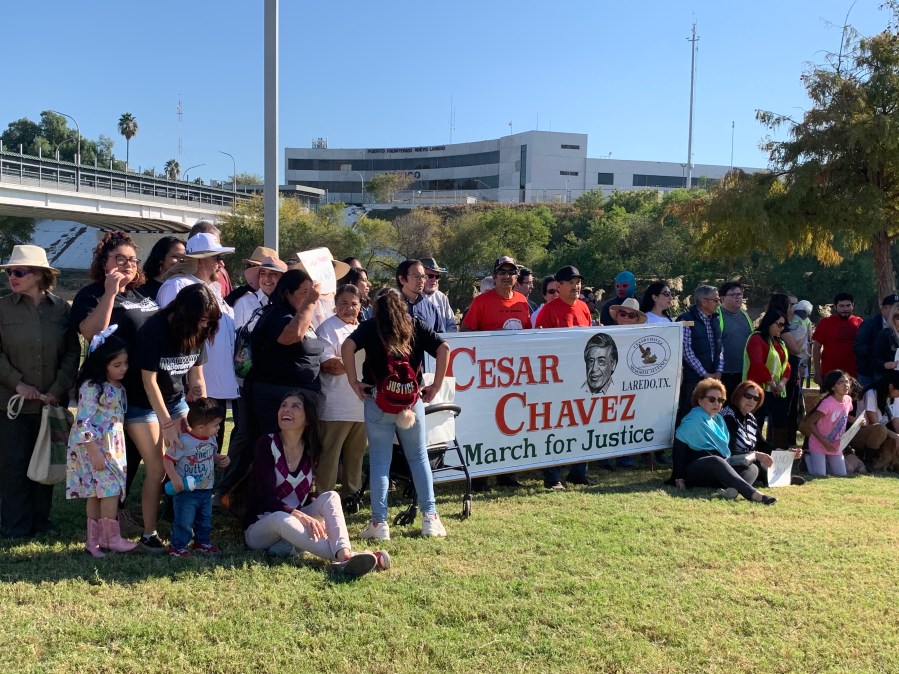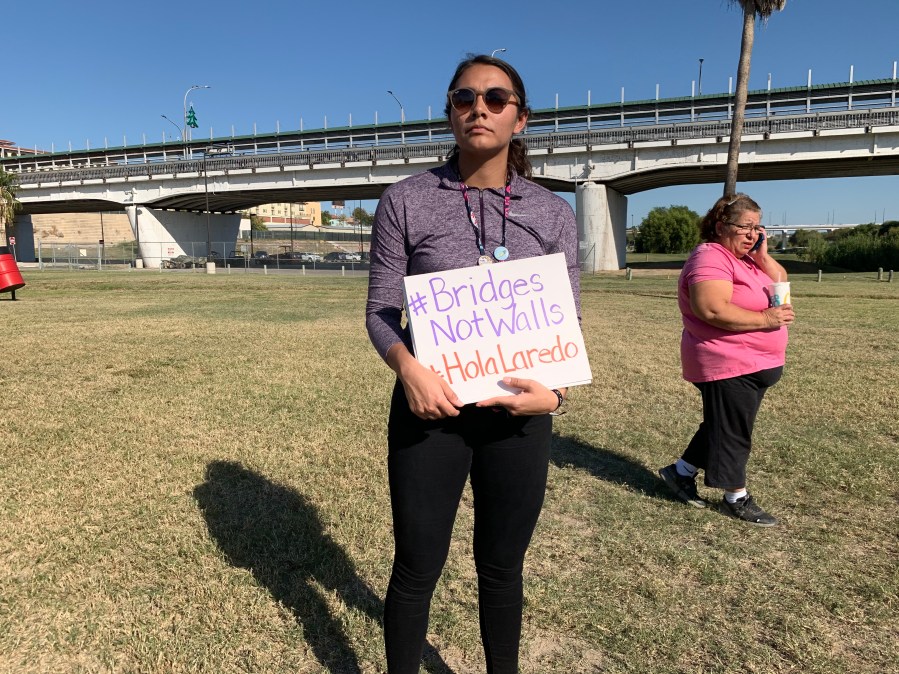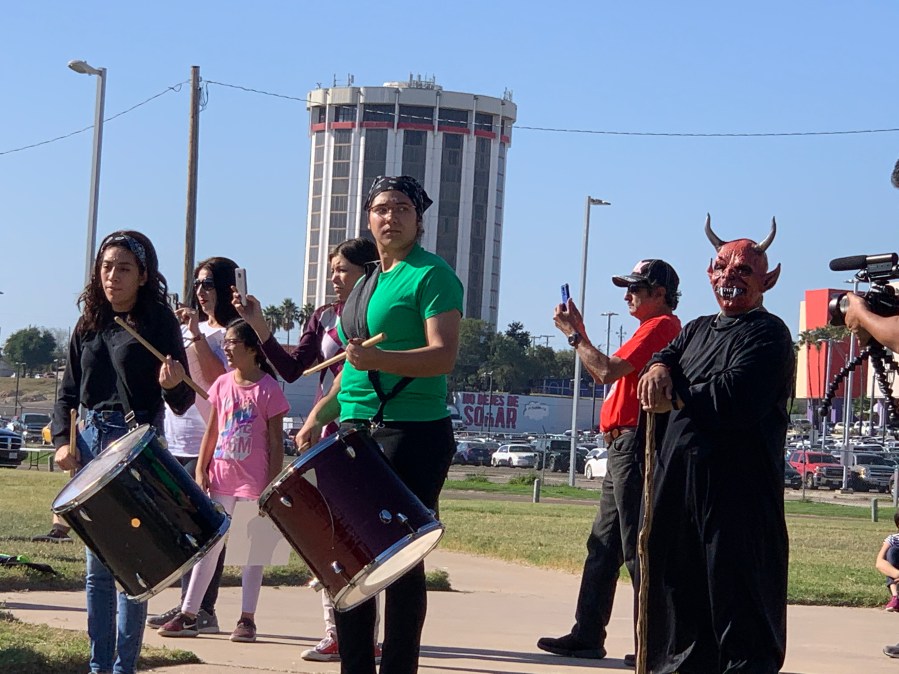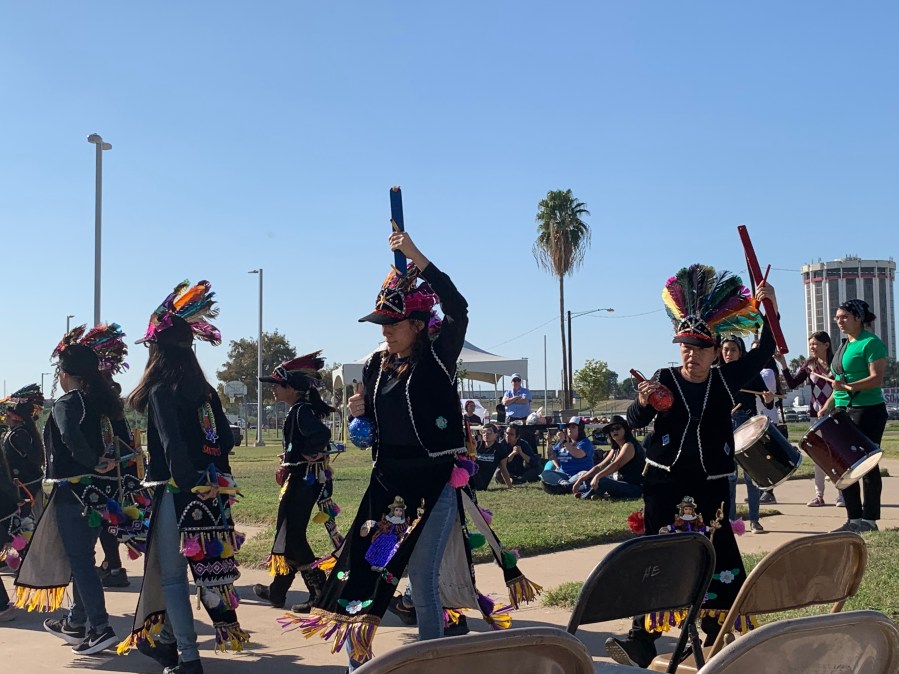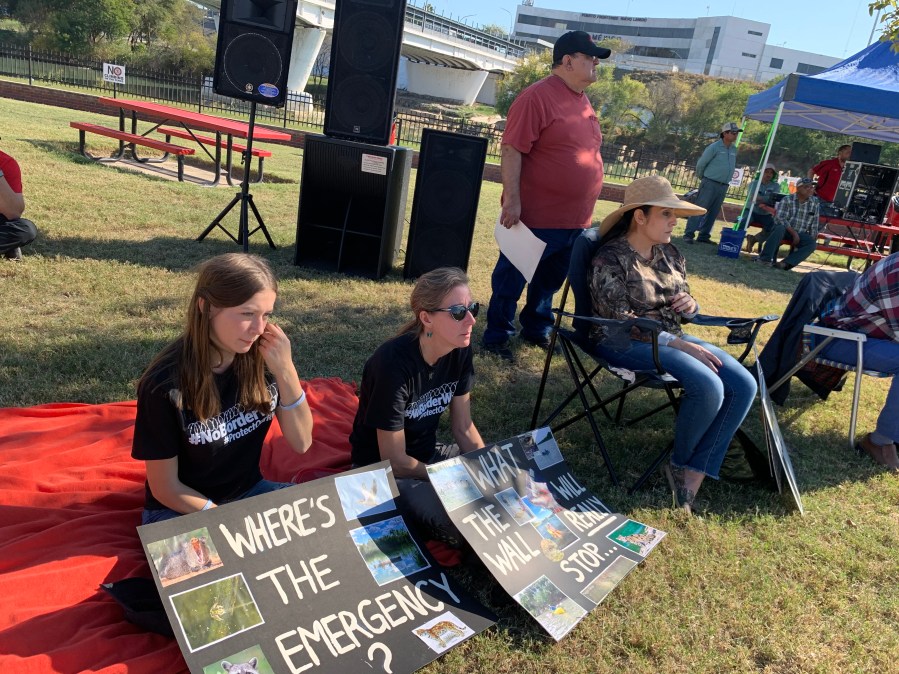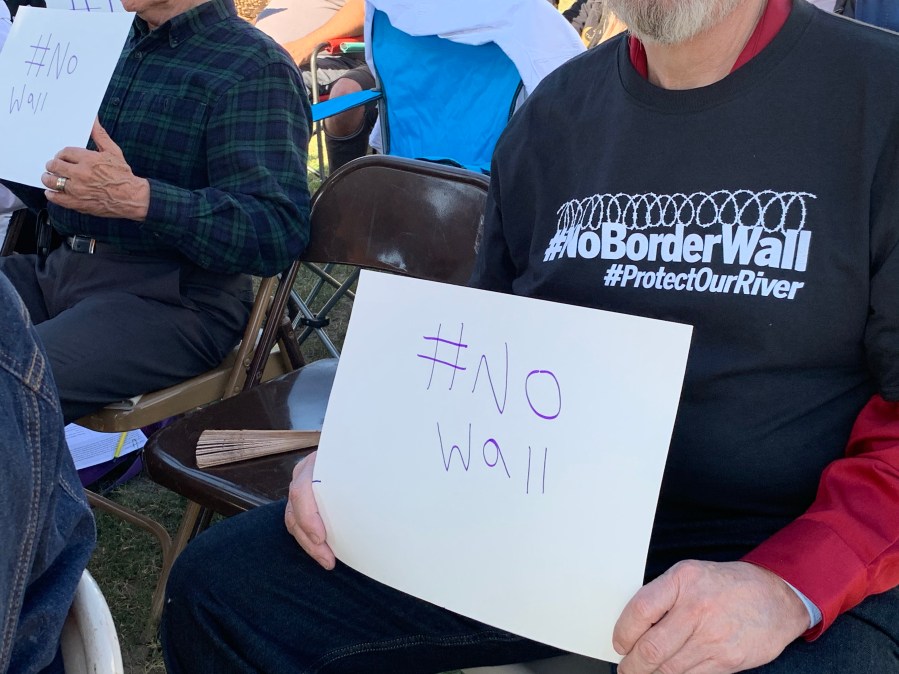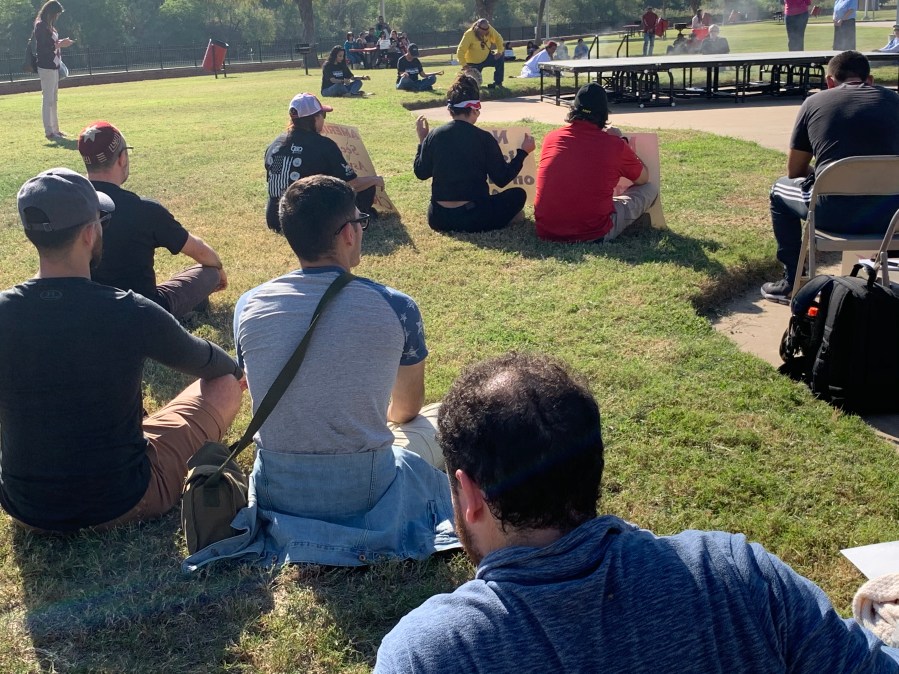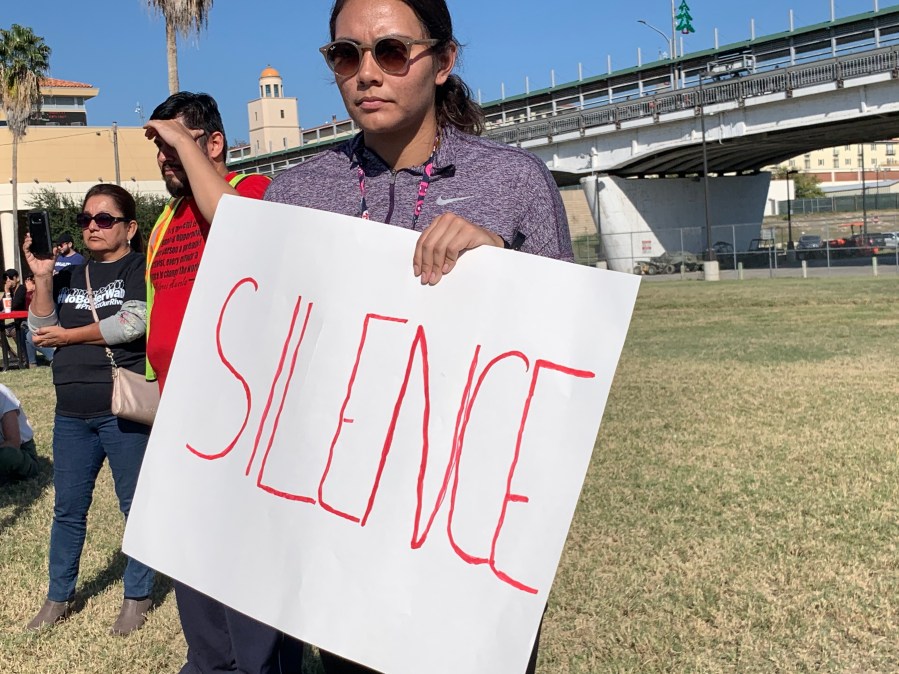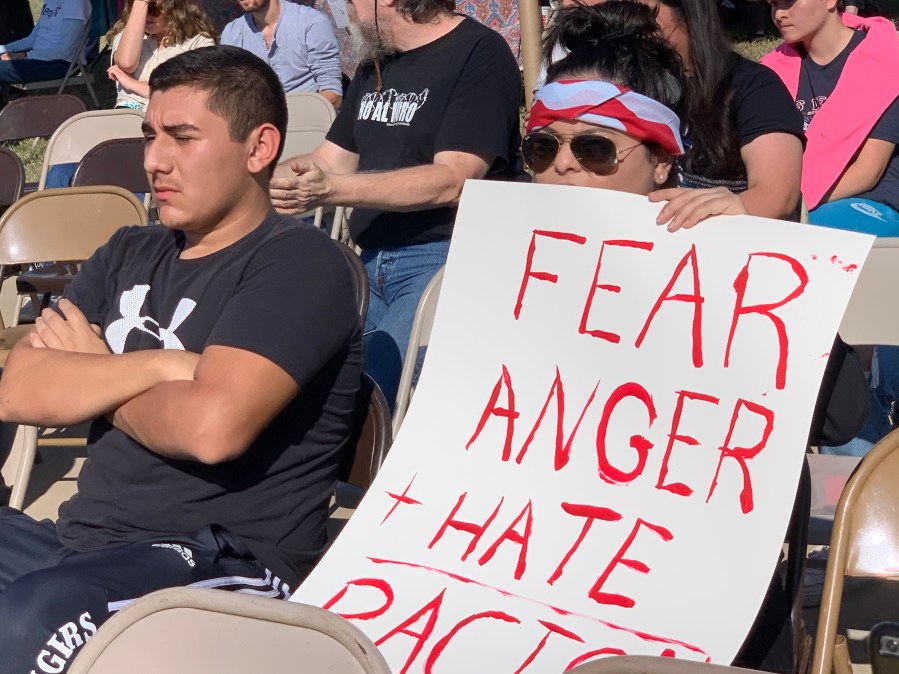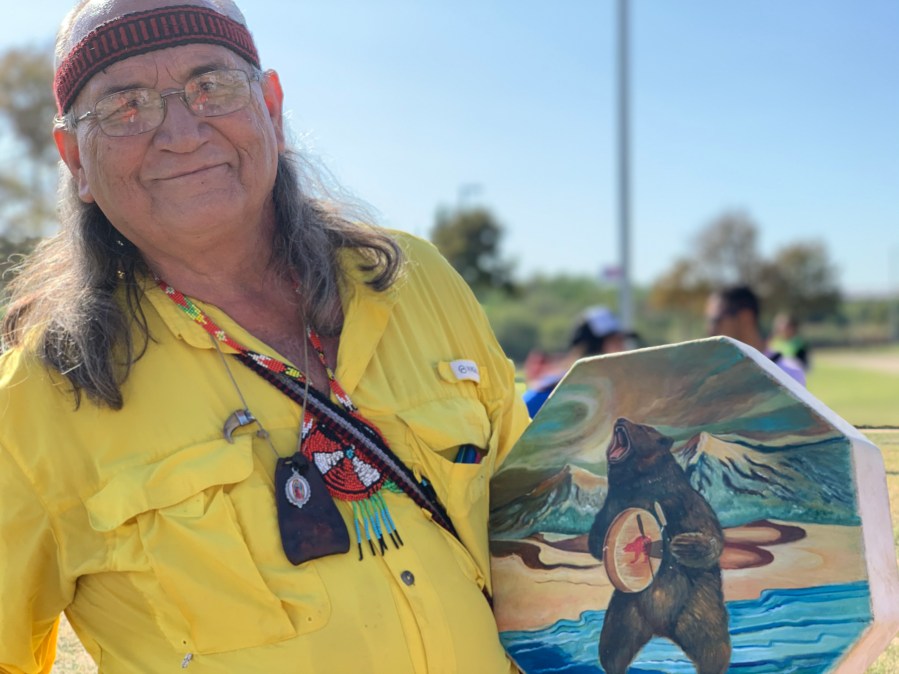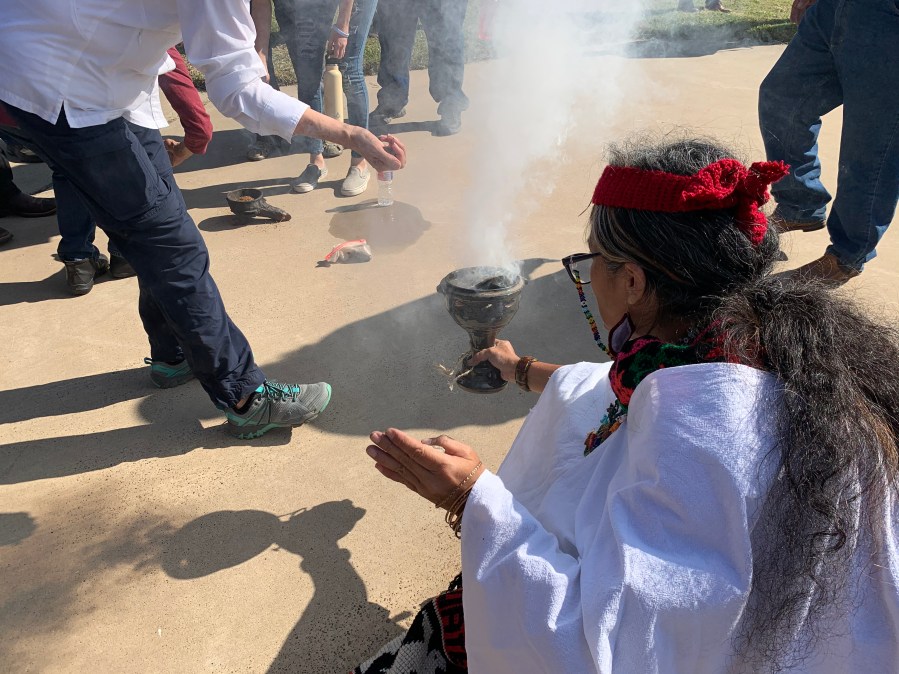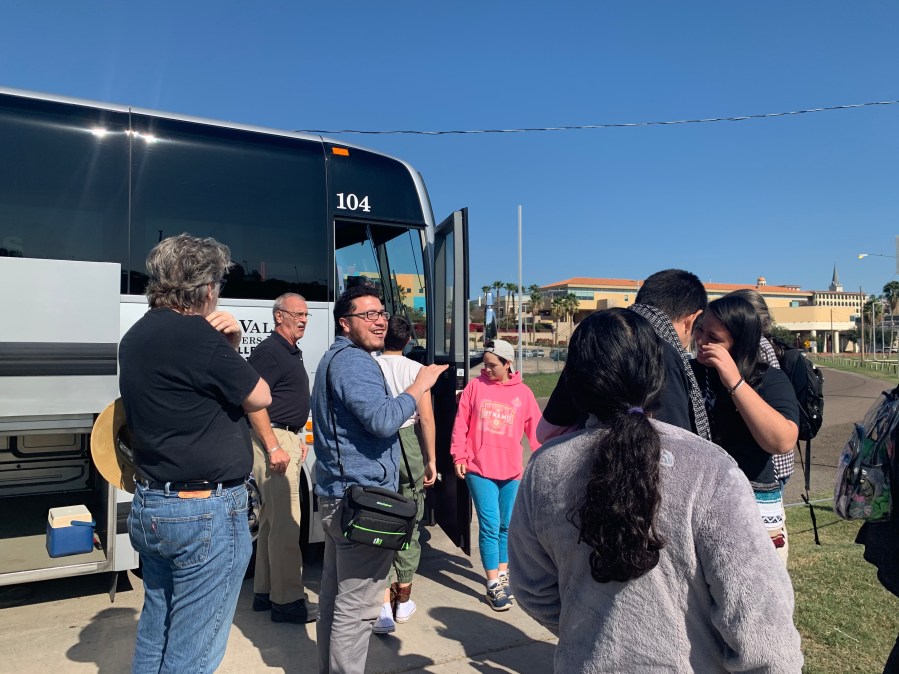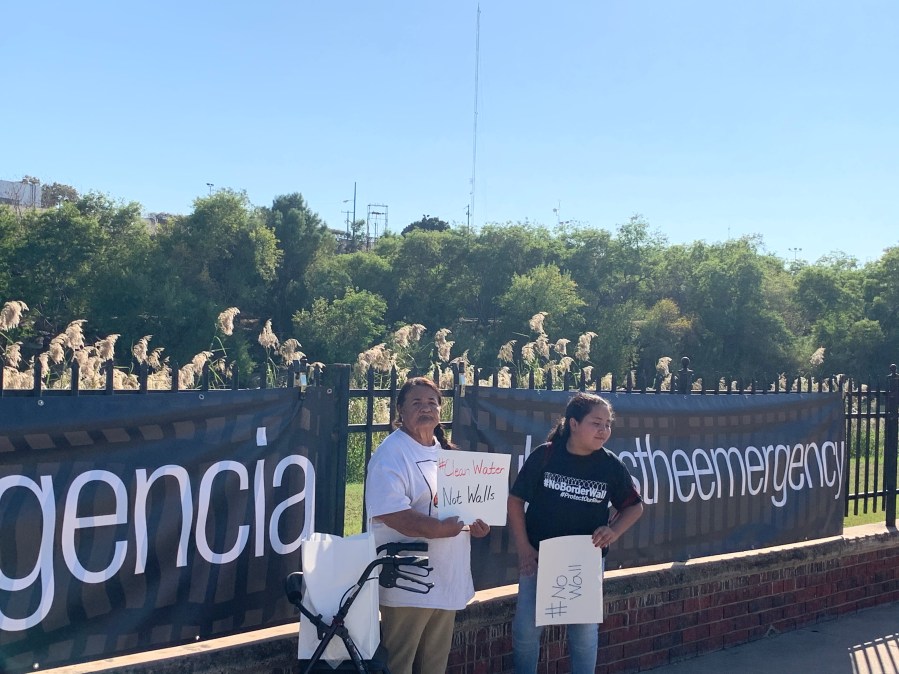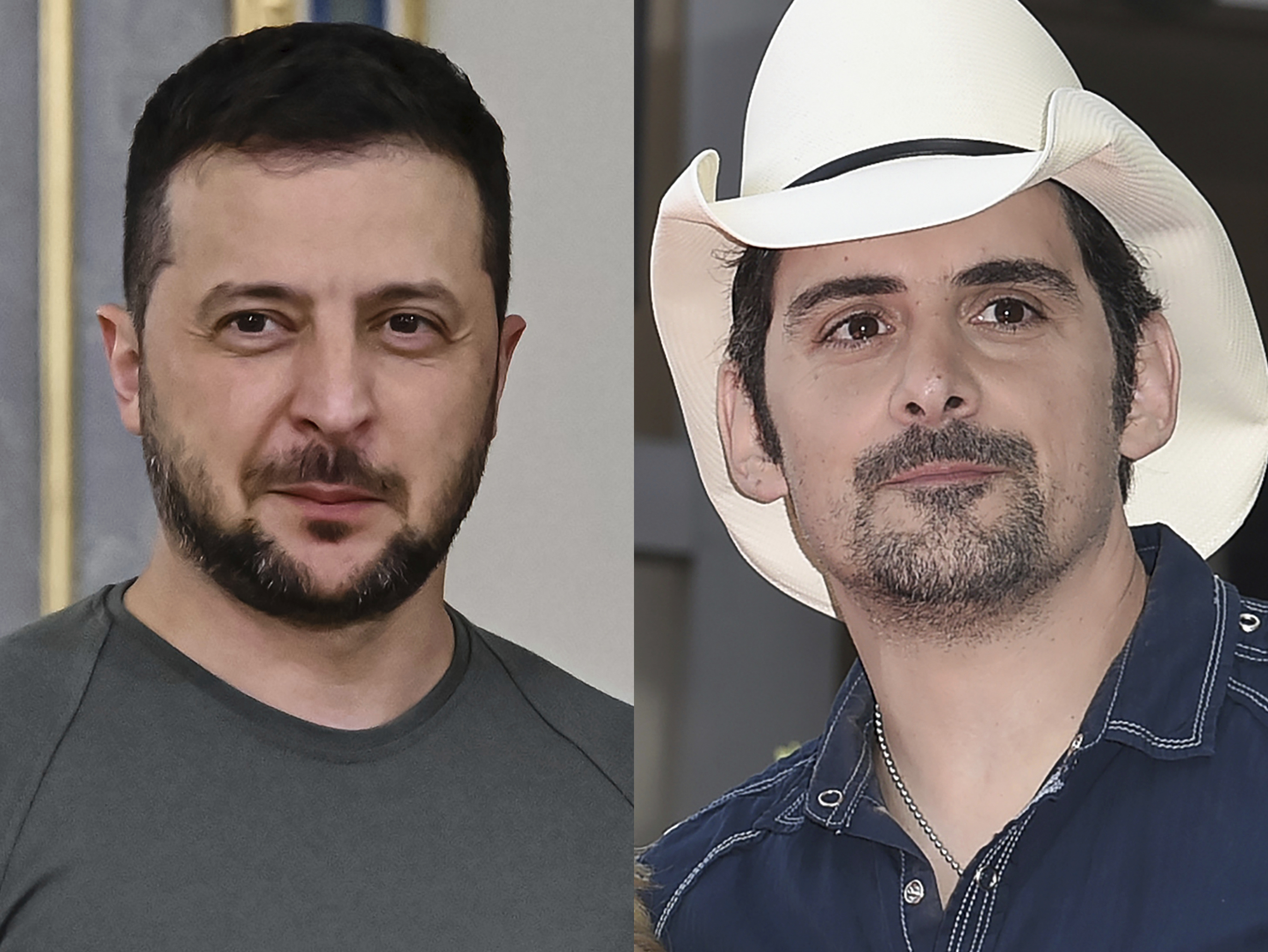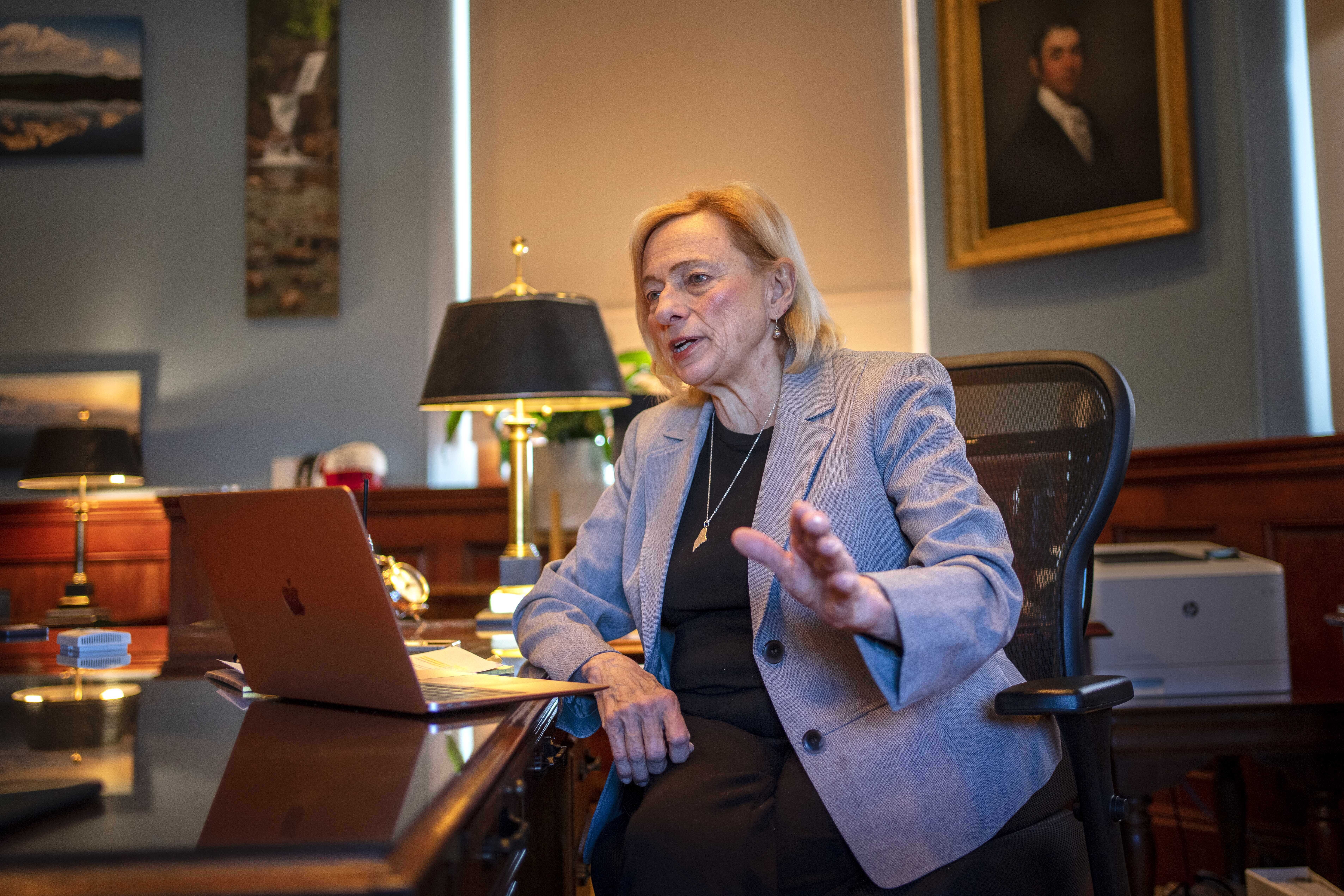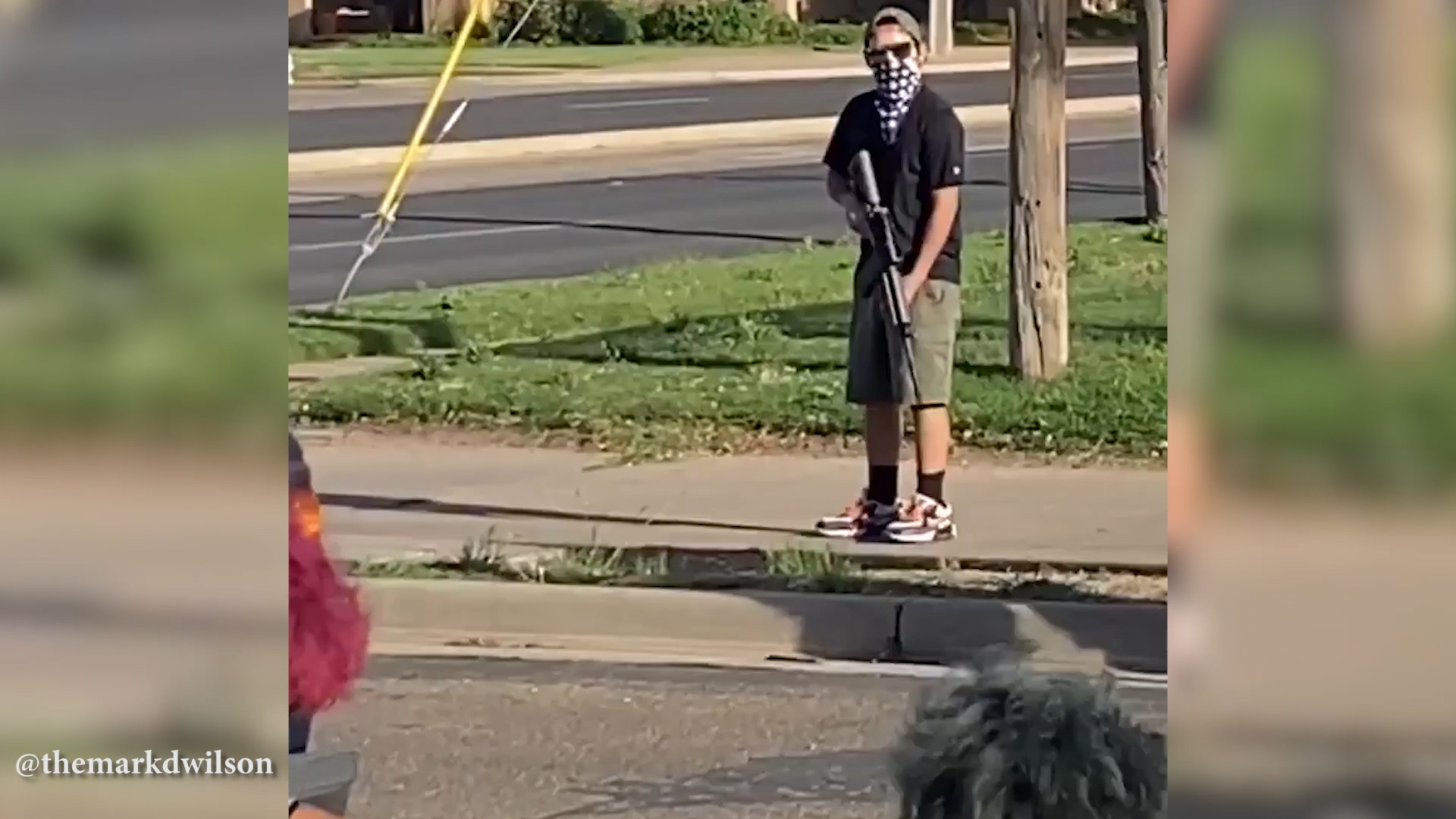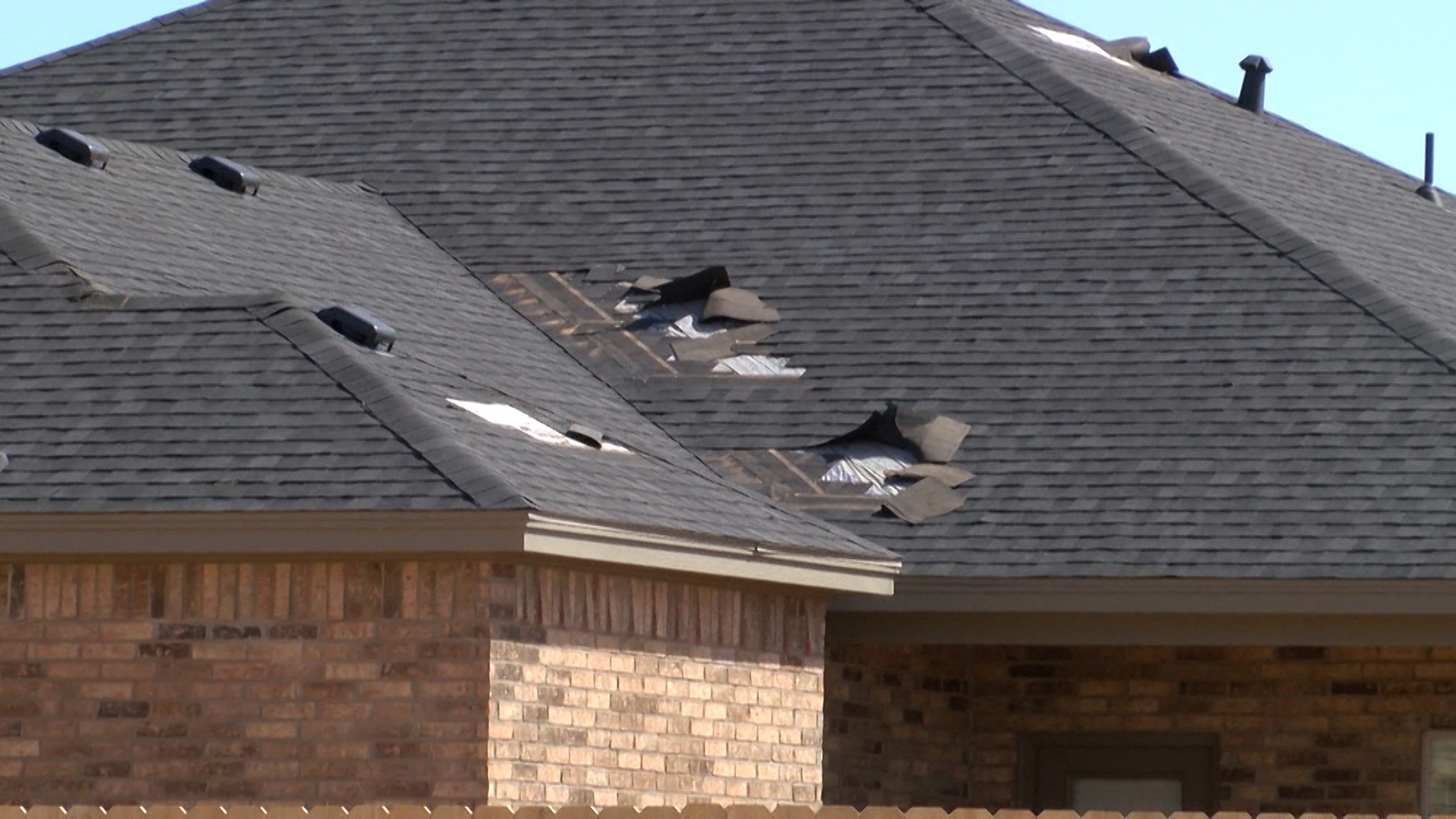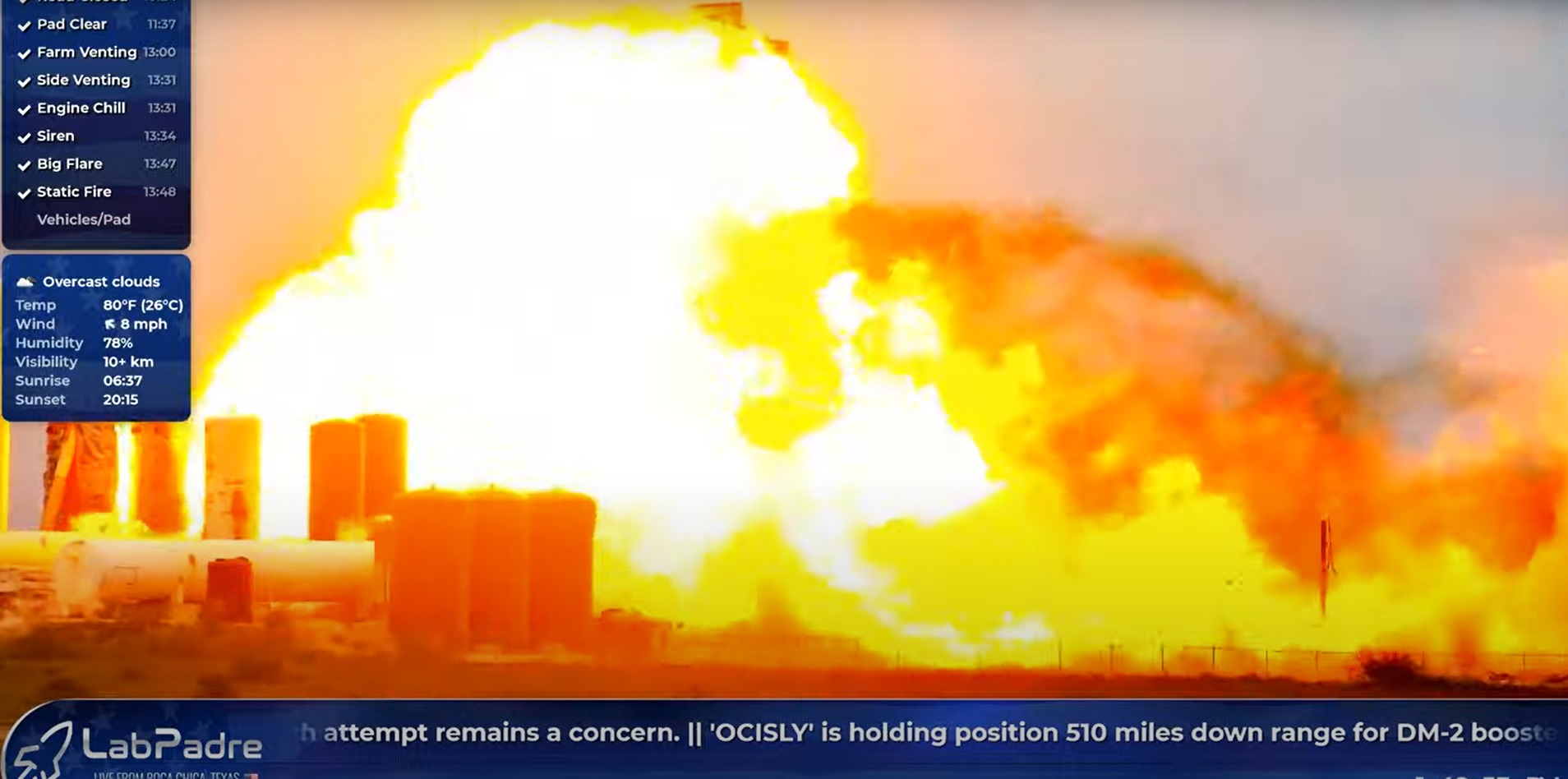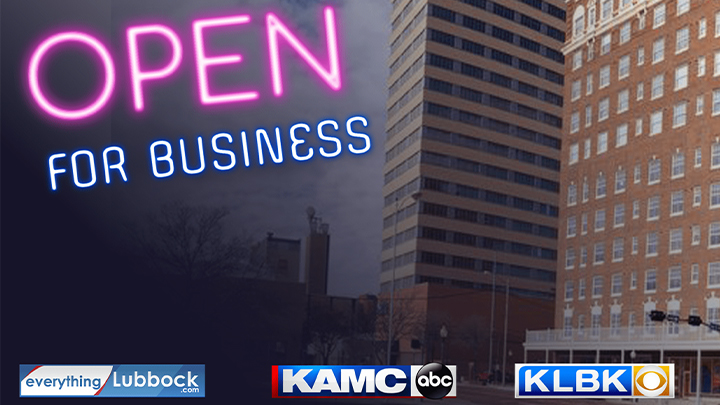LAREDO, Texas (Border Report) — The mayor of this historic border city — a city that is older than the United States — told hundreds of protesters at a Saturday sit in, on the Rio Grande to oppose the border wall, that he expects construction to start “very soon” unless lawmakers in Washington, D.C., come to their aid.
Pete Saenz, who has been mayor of Laredo since 2014, said his city is caught “in the crosshairs.” He said he fears a 30-foot-high border wall will soon encapsulate his historic town that has withstood so much since it was built in 1755 and at one time briefly was the Capitol for the Republic of the Rio Grande.

“We don’t want that 30-foot bollard wall or any type of structure here in the Laredo area,” Saenz told about 300 people who took part Saturday in the silent sit-in at downtown Tres Laredos Park on the banks of the Rio Grande.
Saenz said he is traveling to Washington, D.C., on Monday and is scheduled to meet with officials from the Department of Homeland Security in the hopes of persuading them not to build a wall right through this park.
Saturday’s protest was organized by the Río Grande International Study Center and several other nonprofits to bring awareness to the 52 miles of border wall that the U.S. Customs and Border Protection has planned to build around Laredo and Webb County.
Holding signs bearing the words: #Bridges Not Walls; #We Want Clean Water Not Walls, and #Laredo No Se Vende, the peaceful crowd staged a sit-in that hearkened to the Civil Rights movement on the hopes of garnering some attention.
The sit-in and protest coincided with another protest that was held in Tucson, Arizona, at the same time against various sections of border wall being built in southwestern and southeastern Arizona. That protest was led by the Center for Biological Diversity.

“The purpose is to mobilize more people in our community of different backgrounds and different faiths to come together and unite in opposing the construction of a border wall along the river in our community,” said Tricia Cortez, executive director of the Rio Grande International Study Center, who organized the Laredo event.
President Donald Trump last February appropriated federal money to build this section of border wall surrounding Laredo by declaring a national emergency when the federal government was shut down due to a stalemate over the budget. But protesters here say there is no emergency, that the two communities of Laredo and Nuevo Laredo, its sister city across the river, are co-dependent upon one another for trade and commerce, and their families are intertwined and should not be divided.

Cortez’ center has been working for several years to help clean up the Rio Grande, which is the city’s drinking water source. She worries that a border wall will cut off access to the river and endanger their water supply.
They also worry, Cortez said, that as congressional lawmakers begin to negotiate next year’s budget and funding for a border wall, that more money will be appropriated to wall off more of South Texas.
“We want to make sure that this time around our members of Congress hold the line and don’t do any compromise,” Cortez told Border Report as she hurried to get dancers on stage, pass out signs and take photos at Saturday’s two-hour event.
Repercussions of government shutdown
U.S. Rep. Henry Cuellar, a Democrat from Texas, in February voted to fund the border wall after lawmakers were at a stalemate that forced a 35-day government shutdown. The deal included $1.375 billion for 55 miles of wall in Starr County, with most of it circling his hometown of Laredo.
Joseph Hein, whose family has owned land on the river for over 100 years, told the crowd: “Give us the common courtesy of empowering us to take due to our own decisions and be masters of our own fate. It seems like people from other areas that have some kind of concept of what’s going on here and it’s based on a lot of misinformation are voicing their opinion about how we should live in this area. Who best to know what’s better for us than us that live here?”
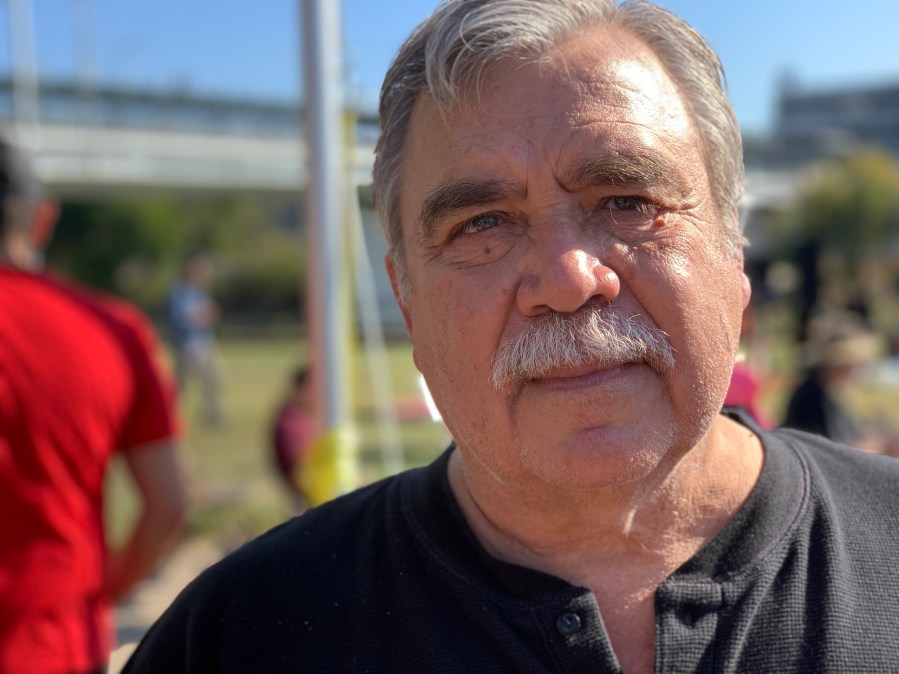
Many people assembled on Saturday recounted that shutdown and ensuing vote and said they feel victims of it as the very real possibility of a border wall looms in their future. Several of the speakers also noted Cuellar’s absence from the event.
“It does take a fight. These are the warriors,” Mayor Saenz told the crowd. “People don’t understand the border. We’re so interconnected, inter-dependent with our Mexican neighbors, families and friends and business people, and so a wall here would make no sense especially when we have a natural barrier,” he said pointing to the Rio Grande just yards away.
If a wall is built, Cortez said Tres Laredos Park would be on the other side and virtually inaccessible because of the flood plain that would require the wall to be built further inland, atop a bluff across the street near an outlet mall.
Support from the RGV
To show solidarity, several residents from the Rio Grande Valley, took a charter bus on Saturday from Mission, about three hours away, to attend the Laredo protest.
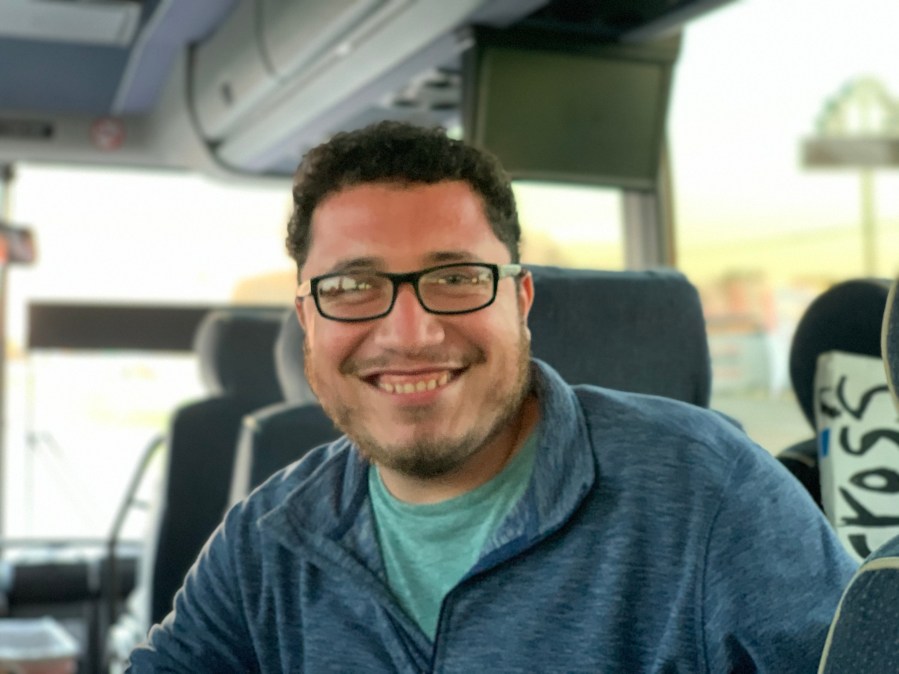
“The people who came on this trip and others in the Rio Grande Valley have been fighting the border wall for a while. We believe that the border wall anywhere — whether it be lower Rio Grande Valley, Laredo, Arizona, New Mexico or California — is disastrous to the environment. So since we had a little bit of experience and it’s important to show our support and solidarity to our friends upstream,” said Jonathan Salinas of the Sierra Club’s Borderlands Campaign as he rode on the bus.
Those in South Texas have since 2008 and 2009 had to deal with a border levee wall built in their region, and now are once again experiencing construction as new border wall panels are going up south of Donna and in Starr County, he said.
Salinas was among a group of faith-based leaders, as well as local historians, veterans, landowners, and even high school students, who urged the crowd to galvanize and contact lawmakers to do all they can to spare this area from a border wall. Postcards also were available for protesters to sign to be sent to members of Congress.
At the close of the two-hour event, participants meditated and sat in silence for eight minutes.
But before they became quiet, they raised a raucous chant of “No Border Wall!” led by Cortez.
“A lot of people from the Valley, you all have experienced it. Now apparently it’s very, very real to us,” Saenz said.
